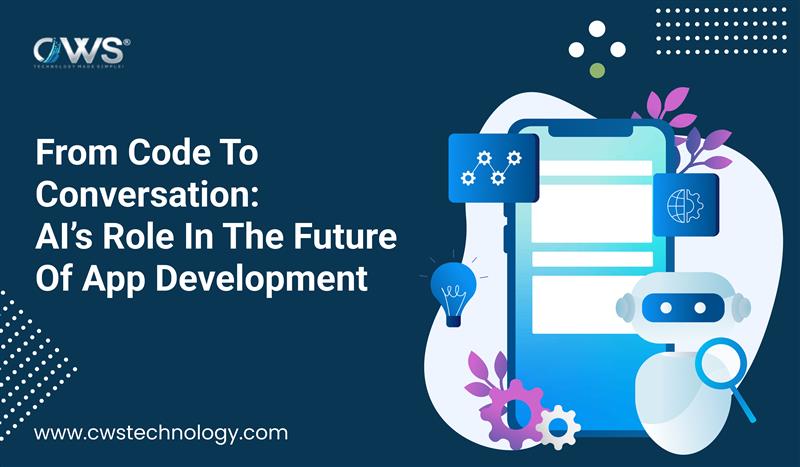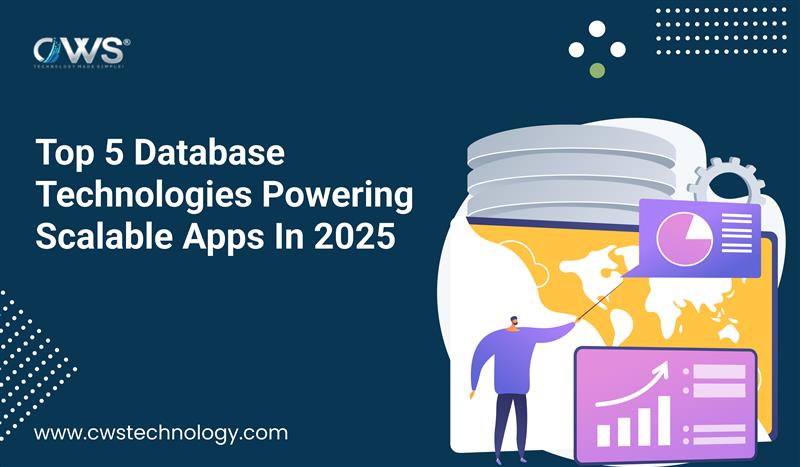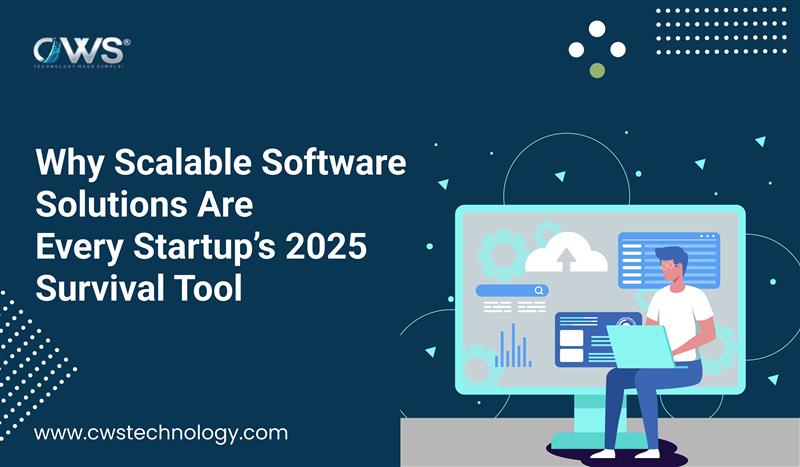Artificial Intelligence has woven itself into the fabric of our daily lives. It tells us what to watch, when to leave for work, and even how to respond to an email. For businesses, AI is a lifesaver—optimizing workflows, reducing errors, and offering insights at lightning speed.
But here’s a question we don’t often pause to ask: what happens when we let AI handle the small decisions?
Not the headline-making, strategy-shaping, million-dollar decisions, but the everyday choices—the ones so subtle that we barely notice them. Approving an expense. Categorizing a customer complaint. Deciding which sales lead to follow first. These are the quiet micro-decisions that may look trivial, but in reality, they are the building blocks of culture, efficiency, and long-term trust.
And the risk of outsourcing them to AI? It’s quiet, too. But make no mistake—it’s there.
Why Small Decisions Aren’t Really Small
Let’s use an analogy. Imagine you’re walking through a forest. Each step you take feels insignificant, but over time, those steps determine whether you end up at a clearing, a river, or lost among the trees. Small decisions work the same way. They accumulate. They direct paths. They define outcomes.
Now imagine handing over those steps to someone else—or in this case, to an algorithm.
For instance, an AI tool may decide to approve recurring vendor invoices automatically. Seems efficient, right? But if one incorrect invoice slips through repeatedly, you may not notice until it’s cost your business thousands. Or picture AI automatically ranking client emails: if an important message consistently lands lower in the queue, you might lose trust with a key customer.
What’s at stake isn’t just efficiency—it’s reputation, finances, and relationships.
The Subtle Risk of Bias
Bias is one of AI’s most discussed challenges, but we usually talk about it in the context of big decisions—like hiring, lending, or predictive policing. What we forget is that bias also creeps into the small ones.
Take task automation. If an AI tool consistently routes “urgent” requests to the same team members because historical data shows they respond fastest, you may unknowingly overload those employees. Over time, this creates burnout, resentment, and imbalance within the team.
Bias at the micro-level doesn’t make headlines, but it shapes daily experiences for employees and customers alike.
The Domino Effect: Small Errors, Big Consequences
Let’s look at a real-world scenario.
A mid-sized SaaS company deployed AI to triage customer support tickets. The AI tagged requests as “low,” “medium,” or “high” urgency. At first, it saved time—the support team could prioritize efficiently. But after a few months, they noticed something troubling.
High-value customers often wrote short, to-the-point queries. The AI, trained on historical patterns, mislabeled them as “low urgency.” By the time those tickets reached human eyes, valuable clients had already grown frustrated. A small misclassification snowballed into customer dissatisfaction, lost accounts, and eventually revenue decline.
This is the domino effect: one tiny AI decision, multiplied across hundreds or thousands of instances, quietly reshaping the trajectory of a business.
The Human Factor We Can’t Replace
AI excels at speed, scale, and pattern recognition. But humans bring context, empathy, and judgment. And it’s in small decisions that those qualities matter most.
Consider a manager approving travel expenses. An AI system may flag two nearly identical claims, approving one and rejecting the other. To the AI, the data points are the same. To a human, the context matters—perhaps the rejected claim belonged to a junior employee attending their first client meeting, where a small expense meant building trust with a potential partner.
Context is invisible to algorithms but essential to humans. This is why “human-in-the-loop” systems are so important—not just for big decisions but for the small ones too.
Practical Ways to Balance AI and Human Judgment
So, how do businesses harness the power of AI without falling into the trap of quiet risks?
- Draw Clear Boundaries: Not every decision should be automated. Define where AI can help (data sorting, reminders, scheduling) and where human oversight is non-negotiable (client interactions, financial approvals, performance reviews).
- Review the “Invisible” Layer: Don’t just track big outcomes—look closely at the impact of AI-driven micro-decisions. Create checkpoints to spot hidden errors or biases before they cascade.
- Educate and Empower Teams: Train employees to work alongside AI, not depend entirely on it. Encourage them to question AI outcomes, not blindly trust them.
- Feedback Loops: Let humans correct AI’s mistakes and feed those corrections back into the system. This builds a collaborative relationship where both sides improve.
- Cultural Awareness: Remember that AI doesn’t understand culture, empathy, or values. Humans must remain guardians of fairness, ethics, and nuance in every choice.
Looking Ahead
AI is not the enemy. It’s a tool—a powerful one. But like any tool, how we use it determines its impact. The danger of letting AI handle small decisions isn’t about the technology itself; it’s about complacency. When we stop questioning, stop engaging, and stop noticing, we risk giving away the subtle, everyday decisions that shape who we are as professionals and as businesses.
The future isn’t humans versus AI—it’s humans with AI. By blending efficiency with empathy, automation with judgment, and speed with context, we can ensure that no decision—big or small—loses the human touch.
Because in the end, success isn’t defined by the major leaps alone. It’s defined by the countless small steps we take along the way.








